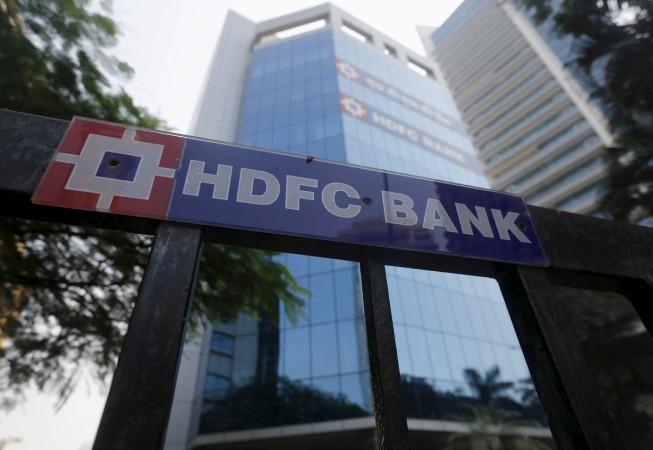
HDFC Bank, India's second-biggest bank by assets, became the first lender to increase lending rates by 10 basis points and reports suggest other banks are likely to follow suit.
The hike in lending rates comes just days after the Reserve Bank of India left its key policy rate unchanged to "carefully" nurture economic growth.
If you're worried about what will this mean for your bank account and overall finances, then here's a quick breakdown.
Indian banks are tackling a number of threats at the moment and chief among them is the rising inflation.
An inflation hike has already hurt bond markets, pushing benchmark 10-year yields up more than 100 basis points since July. Considering banks are the biggest buyers of the debt, it is surely a big concern for them.
An RBI staff study showed every 100 bps increase in borrowing costs lowers the investment rate by as much as 91 bps, Reuters reported.
Another major hurdle is a higher cost of funds, prompting lenders such as Axis Bank and HDFC Bank to raise the interest rate on loans.
But the problem doesn't end here.
In order to attract more funds, banks are also compelled to raise deposit rates which further affects their profit margins.
So don't be surprised if you see your friendly bank raising lending rates tomorrow. Higher lending rates will certainly bump-up the EMI burden for households, leaving them less room to spend. But depositors will get better returns on their savings.













